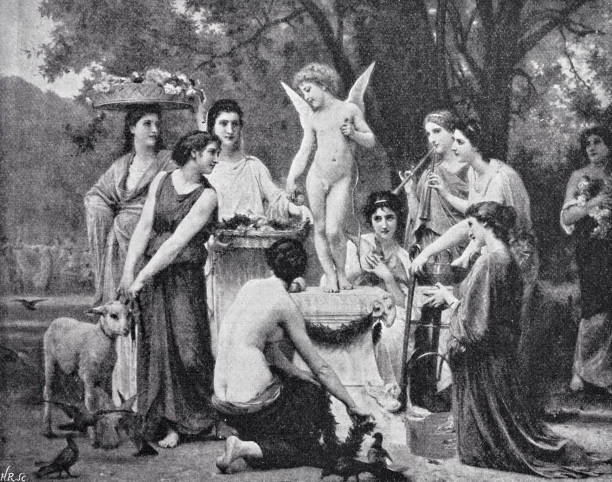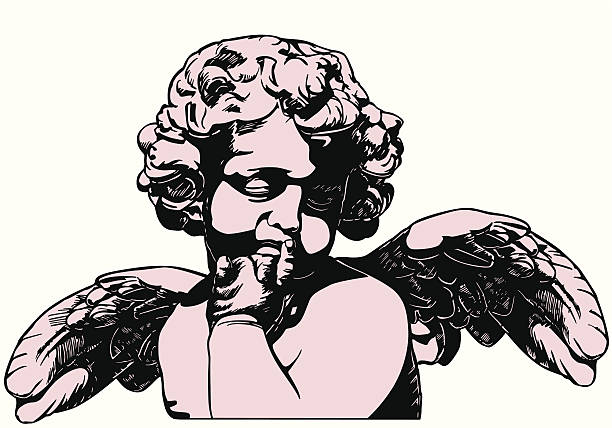The Dark Truth About Valentine's Day
It appears that Valentine's Day has no sentimental origins.
The New York Times claims that two men may have been the inspiration for the holiday. According to NPR, on February 14, in the third century A.D., two Valentines were killed by the Roman Emperor Claudius II, albeit in separate years. It is believed that St. Valentine's Day was established by the Catholic Church as a memorial to these men, whom they regarded as martyrs. It's possible that one of these men, Saint Valentine of Terni, married Roman soldiers in secret against the emperor's wishes, which is why some people saw him as a champion of love.

The tradition of sending love letters on Valentine's Day is the subject of another story. When St. Valentine was incarcerated for the aforementioned crimes, he is said to have written the first "valentine" message to a young girl he taught and fell in love with. Before his passing, he wrote her a letter that was signed "From your Valentine," which is still a common phrase today, according to The History Channel. However, a report by Country Living claims that these romantic anecdotes are just myths. It continues, "Since so little is known about his martyrdom, St. Valentine is still revered as a saint, even though the Roman Catholic Church removed his feast day from its calendar in 1969."
Are Valentine's Day's Pagan Roots?

According to the Country Living article, Lupercalia was an ancient Roman fertility festival celebrated in the middle of February. This festival of revelry featured a ritual in which an order of Roman priests ran through the streets naked and "gently slapped" women with the blood-soaked hides of sacrificed animals, believing that this would promote fertility. The festival was dedicated to the Roman god of agriculture, Faunas, as well as the Roman founders, Romulus and Remus. Britannica.com claims that the women were later matched with men "by lottery." Lupercalia was outlawed by Pope Gelasius I in the latter part of the fifth century BCE. According to some legends, he replaced the pagan holiday with February 14's Saint Valentine's Day celebration.
When did it start to take on a romantic aspect?

The history of Valentine's Day dates back to the 1500s, and by the late 1700s, mass-produced cards were widely used. The first commercial Valentines were printed in the US in the middle of the 1800s. On Valentine's Day cards, Cupid the Roman goddess of love is often depicted with hearts, the symbol of traditional love. Birds became the day's symbol because it was thought that the avian mating season began in the middle of February. According to Britannica, traditional gifts include candy and flowers, especially red roses, which are a symbol of beauty and love. The holiday is celebrated in Argentina, France, Mexico, South Korea, and the United Kingdom in addition to being well-liked in the United States, Australia, and Canada. In the Philippines, it is the most common anniversary of marriage, and large weddings with hundreds of couples are not unusual on that day. Family and friend displays of devotion have been added to the occasion.









